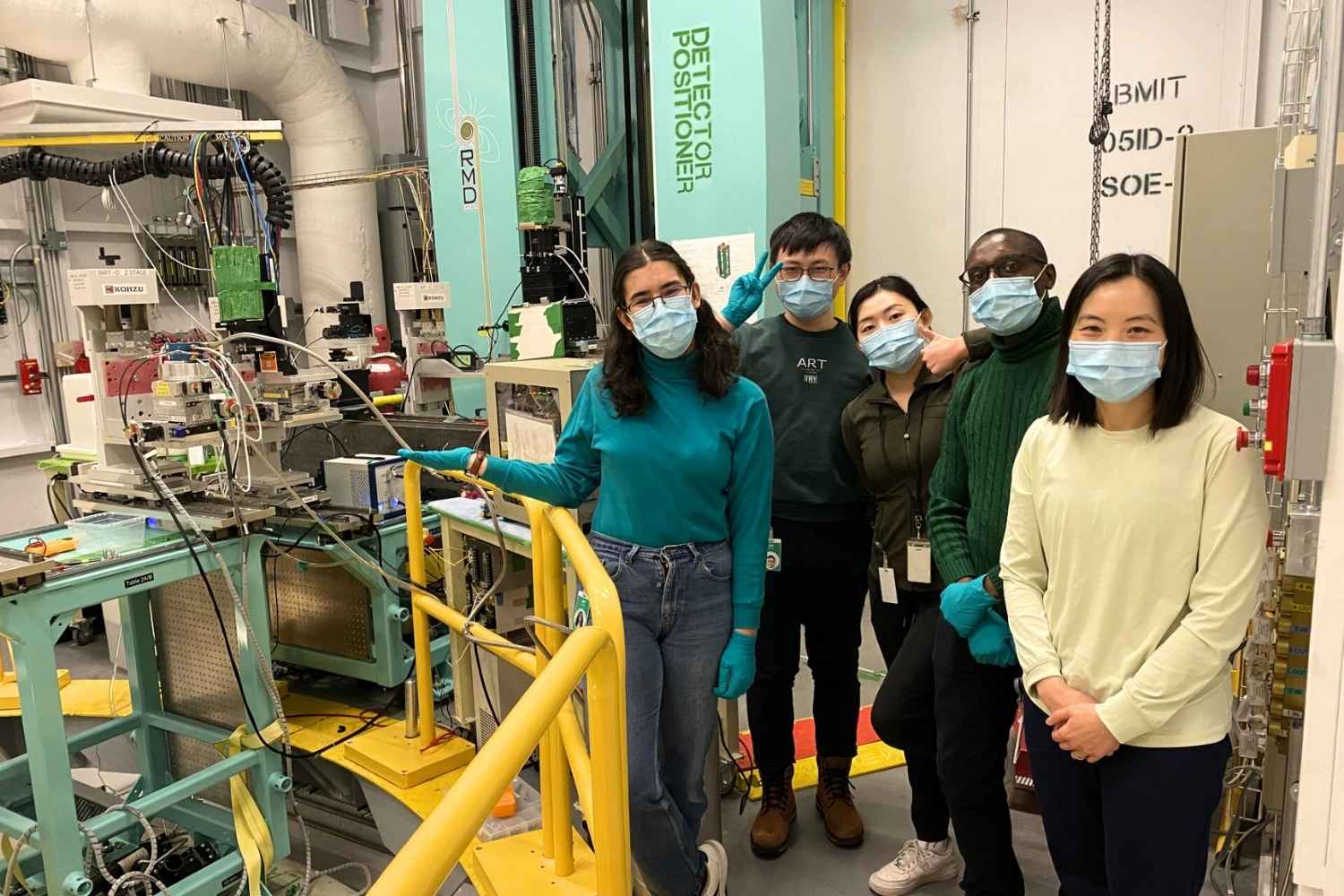Advancing hydrogen as a replacement for carbon fuels
University of Toronto researchers seek to improve device used for splitting the water molecule
By Joanne PaulsonWhile the notion of using hydrogen for energy has been around since Sir William Grove first invented the fuel cell in 1838, the idea started to get more traction after the first use of fuel cells in space for NASA’s 1965 Gemini V mission.
More recently, researchers like Tess Seip, a PhD candidate in the Mechanical and Industrial Engineering Department at the University of Toronto (UToronto), have been investigating hydrogen as a green energy source to mitigate carbon emissions.
Seip and a team led by Dr. Aimy Bazylak are working to improve the efficiency of a device that uses electricity—preferably from solar and wind sources—to convert water into hydrogen and oxygen gases, which can then be stored and used for energy. The device is called a polymer electrolyte membrane water electrolyzer, or PEMWE for short.
The UToronto team was focused on a specific layer inside the PEMWE, called the porous transport layer (PTL), which controls the flow of water inside. Water passes through the PTL before it reaches a catalyst layer, which splits the water molecule.

However, the reaction—known as electrolysis—can cause excess gas to accumulate, which prevents water from reaching the catalyst. Seip and her colleagues were testing a new design they developed, which has extra channels in it, to improve water flow. Better water flow means less energy is needed to drive the process.
With the help of the Canadian Light Source (CLS) at the University of Saskatchewan, the team found that their simple modification did in fact improve the efficiency of a PEMWE.
Seip and her colleagues were particularly interested to see if there were changes in membrane thickness and PTL hydration. “If it’s not hydrated, it slows the reaction rate and reduces the efficiency,” says Seip.
The ultra bright light produced by the CLS synchrotron was critical for their work: “The BMIT beamline at the CLS has a resolution of around 6.5 microns per pixel, so this lets us characterize these microscopic changes in the membrane,” says Seip. For reference, the typical human hair is 65 microns thick. “The most important factor is that we are able to do this while the cell is operating.”
While some electrolyzers are already in use at an industrial level, “they’re too expensive for transportation applications right now,” she says. Getting more water to flow freely and evenly across a PEMWE is important, to scale up the technology for use in larger cells, says Seip.
“If we gain a little bit of efficiency and multiply it at scale, that could have meaningful impacts down the line.”
-
A Tugirumubano, T Seip, L Zhu, CT Ham, A Farsi, A Bazylak. Integrated‐Channel Porous Transport Layers Reduce Ohmic and Mass Transport Losses in Polymer Electrolyte Membrane Electrolyzers https://doi.org/10.1002/adfm.202410262
Photos: Canadian Light Source | Seip and research team at the CLS
Media Relations:
Victoria Schramm
Communications Coordinator
Canadian Light Source
306-657-3516
victoria.schramm@lightsource.ca
